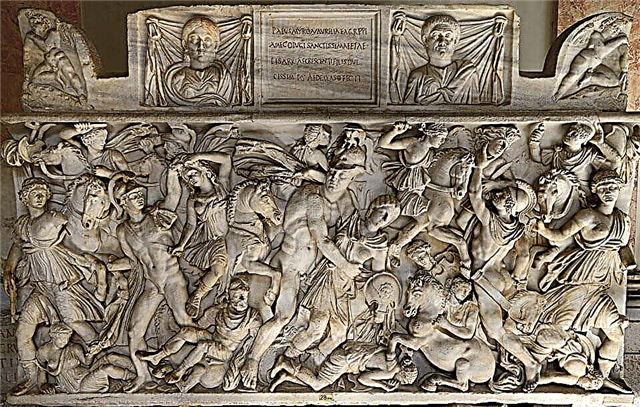Tourist Poland, which has become fashionable among the Germans, remains little-known by guests from Russia. As part of an excursion tour in Poland, Russians visit only Krakow and Warsaw, although this country can offer many interesting routes.
Content:
Poland landmarks
Short description
The main resort center of Poland is rightfully recognized as the Baltic coast, where coniferous forests coexist with sandy beaches and coastal dunes. In the Middle Ages, Polish ladies came here to heal their sick lungs. Today, rest on the shores of the Baltic is recommended for families with children and people suffering from respiratory diseases. In the seaside town of Kolobrzeg, nature has created ideal conditions for recovery - healing sea air, forests and mineral springs.

Bedzin Castle
Kolobrzeg's 30 sanatoriums can simultaneously accommodate over 7000 patients. In the resort of Krynica Morska in the north of the country, not only the "medical sector" is well developed, but also the entertainment industry. Family activities include a visit to the mini zoo, an amusement park and cable car rides. During the high season, sailing regattas are held for professionals and amateurs. The resort village of Stegno is located 30 km from Krynica Morska.
There are well-groomed and uncrowded beaches, and the service is organized at a decent level, as in Germany - after all, German neighbors rest in Stegno boarding houses. There are a lot of fish restaurants on the shore, discos and concerts are organized on the beaches, there are trade stalls with amber and silver. 60 km from Stegno lies Tricity ("Tricity") - a seaside agglomeration, consisting of the resorts of Gdansk, Sopot and Gdynia, smoothly turning into one another.

Tarnowski Palace
Each of these cities has a distinctive flavor. Ancient Gdansk was built in a strict Gothic style. Sopot became famous as the summer capital of Poland due to the abundance of water sports, baths, galleries and exhibition centers.... Among the advantages of Sopot, it is worth noting more affordable prices in hotels compared to Gdynia and Gdansk and comfortable beaches with water slides and volleyball courts. Gdynia is the sailing and business center of Tricity. Yacht clubs with their own berths operate in the city, and sea cruises to Scandinavian countries start from the port of Gdynia.
Skiing and active tourism in Poland
Unlike alpine giants such as Austria or Switzerland, ski Poland cannot boast of huge heights and super-difficult tracks. Polish winter resorts (there are 140 of them in the country) have their own client - not a professional skier, but beginners or families with children who want to learn the basics of skiing and improve their skiing technique.

Krasicki Castle
The winter capital of Poland is the resort of Zakopane, which lies in a mountain valley 800 meters above sea level. The Polish Tatra Mountains National Park, which surrounds Zakopane, also attracts mountain trekking fans in the summer season. A total of 22 reserves have been created in Poland. In the national park Belovezhskaya Pushcha, partly located on Polish territory, relict forests have been preserved. In the dense forests of northeastern Poland lies the Masurian Lake District - the land of 2000 lakes, where all conditions are created for yachting and travel by boat and kayak.
Poland - a medieval treasury in the heart of Europe
In the Middle Ages, Poland and Lithuania were a single great power, which bears the name of the Commonwealth. For 226 years (from 1569 to 1795) this powerful state successfully fought for domination in Eastern Europe. The political crisis, ripening on the basis of feudal and religious oppression, led to the collapse of the Polish-Lithuanian Commonwealth, and its lands were divided among themselves by Austria, Prussia and Russia.

Ksenzh Castle
Today, the Old Town of Krakow with the Market Square and the Wawel Castle, the ensemble of the city of Zamosc with narrow streets and bourgeois houses, medieval Torun with preserved Gothic buildings remind of the times of its former greatness. The current capital of Poland - Warsaw - was literally in ruins by the end of World War II, but later its historical center was so accurately restored according to drawings that UNESCO included it in the list of cultural heritage as an ideal example of scientific restoration.











